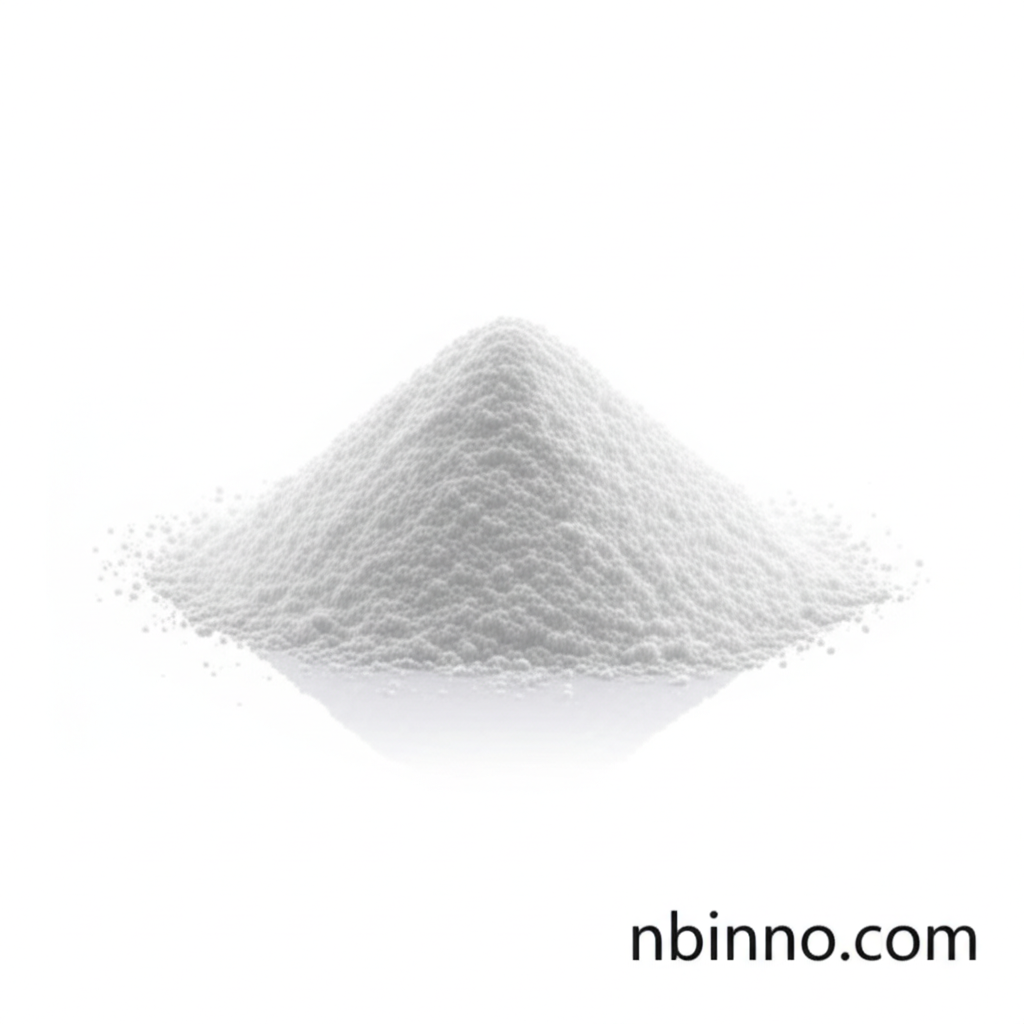Fmoc-DL-Phe-OH: A Versatile Building Block for Peptide Synthesis and Biomedical Applications
Explore the chemical intermediate powering innovation in peptide synthesis and advanced biomedical solutions.
Get a Quote & SampleProduct Core Value

Fmoc-DL-Phenylalanine
Fmoc-DL-Phe-OH is a critical racemic intermediate extensively utilized in solid-phase peptide synthesis (SPPS) and recognized for its potential in advanced biomedical applications. Its unique ability to self-assemble into hydrogels, coupled with notable antimicrobial properties and support for cell adhesion, positions it as a key compound in drug delivery systems, tissue engineering, and regenerative medicine.
- As a vital component in peptide synthesis, Fmoc-DL-Phe-OH enables the precise incorporation of phenylalanine residues into peptide chains, contributing to the development of complex biomolecules.
- The compound's capacity for self-assembly into nanofibrous hydrogels under physiological conditions makes it highly suitable for advanced drug delivery systems, offering mechanical stability and encapsulation capabilities.
- Research highlights the significant antibacterial activity of Fmoc-DL-Phe-OH hydrogels, demonstrating efficacy against both Gram-positive and Gram-negative bacteria by disrupting bacterial membranes.
- Its supportive role in cell adhesion and proliferation makes Fmoc-DL-Phe-OH-based hydrogels promising candidates for various tissue engineering applications, fostering cell growth and differentiation.
Key Advantages Offered
Synthesis Versatility
Leveraging Fmoc-DL-Phe-OH in peptide synthesis offers structural flexibility, allowing for the introduction of non-natural or racemic amino acids, critical for developing peptides with tailored properties.
Biomedical Innovation
The compound's ability to form biocompatible hydrogels and its inherent antimicrobial properties open avenues for innovative solutions in drug delivery and wound healing, directly addressing key challenges in healthcare.
Research Efficiency
Understanding the optimal peptide coupling reagents efficiency and strategies to minimize racemization during Fmoc-DL-Phe-OH incorporation significantly enhances research reproducibility and outcomes.
Key Applications
Peptide Synthesis
Used as a crucial building block for incorporating phenylalanine residues, supporting the stepwise construction of peptide chains and the development of novel peptide-based therapeutics.
Drug Delivery Systems
Its self-assembly into stable hydrogels makes it ideal for encapsulating and delivering therapeutic agents, offering controlled release mechanisms for enhanced treatment efficacy.
Tissue Engineering
The compound's ability to support cell adhesion and proliferation makes it a valuable material for creating scaffolds that mimic natural extracellular matrices, aiding in regenerative medicine.
Chemical Research
Serves as a foundational intermediate in synthesizing complex organic molecules, enabling chemists to tailor properties and functions for various industrial and scientific applications.
